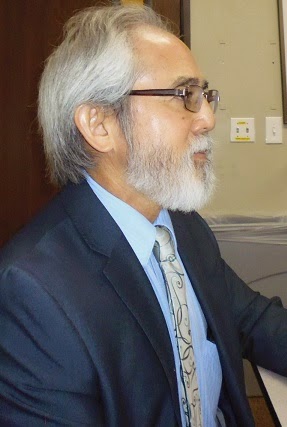In the last two posts we have been telling the story of the 3D teaching and learning initiative at Nevada State college. What has been missing thus far, however, is the student voice. What is it like to learn in 3D in the college setting? Here's what the college
students say about how the 2D component of the lesson compared with the stereo 3D
part of the lesson:
There is absolutely no comparison; to compare these is like comparing apples and oranges.
The technology behind this—the ability to see within, to see inside the structures is unparalleled.
I basically agree… we were able to go inside a smoker’s black lung a few weeks ago. This doesn’t compare with the PowerPoint [graphics] at all.It’s very good to have the ability to rotate an object, to get that 3D anatomical feel; if you have a ‘flat’ [2D] slide, you wonder what it really looks like.
Someone like me, who learns from touch, I identify better with the concept. [It’s like] I can almost touch it.
This last comment,
uttered by a female student, is noteworthy. Dean Kuniyuki hears the same
refrain from other students on campus: “The visualization through the 3D system
allows you to feel as if you could touch something, enhancing their learning-
it’s so rich”, echoes Dean Kuniyuki.
The student responses above evidence no hints of timidity. This is what visualizing and teaching in 3D is all about. I am glad I made this
site visit. I had the chance to witness a deep and unparalleled learning
experience. And since I know the classroom well, I know what that means. Incidentally, an LA-based leader in the
3D entertainment industry joined
me on this site visit with me and offered the same reaction. I hope the manufacturing
industry never gives up on the unparalleled advantages of learning with 3D.






